Find out how everything in a chemistry lab works, from pipettes to burners to recrystallization to storage. You'll get precise instructions on how to work and perform certain scientific duties in the chem lab, whether it's chemical or just ordinary high school science.
Watch this video on how to use transfer pipettes and wash bottles in the chem lab. Transfer pipettes are basic apparatus employed when liquid reagents and samples are transferred in the laboratory. A pipette bulb should be chosen which fits to the pipette to be used.
It is recommended to know the approximate quantity of a liquid which is drawn by usual pipetting operation. It is also convenient to know the approximate quantity of one drop. It can be calculated by adding definite drops, for example, 20 drops, of distilled water into a test tube with volumetric graduation and measuring the volume.
Wash bottles are used when distilled water is added continuously. Because inserting the tip of a transfer pipette and the wash bottle deeply into a container containing samples will cause contamination, it should be avoided. The contamination of the tip of a transfer pipette attached to a reagent bottle and a wash bottle crucially affects the experiment.
Just updated your iPhone? You'll find new emoji, enhanced security, podcast transcripts, Apple Cash virtual numbers, and other useful features. There are even new additions hidden within Safari. Find out what's new and changed on your iPhone with the iOS 17.4 update.
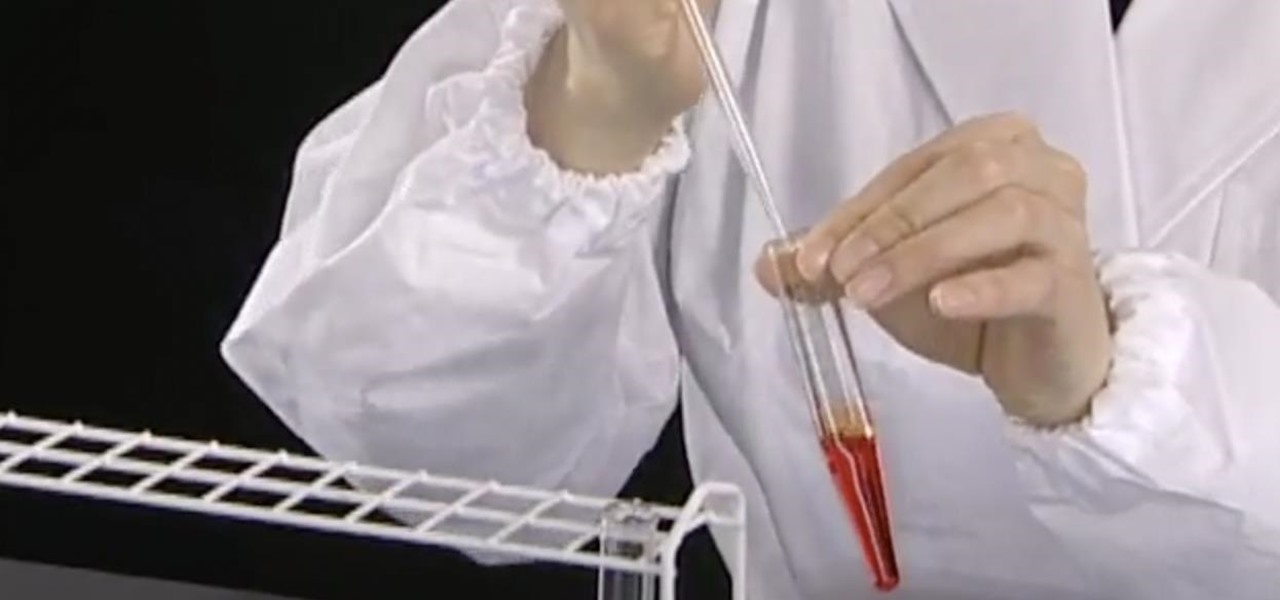


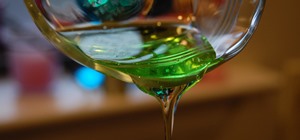
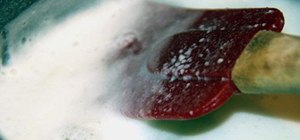
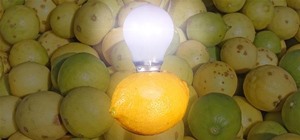

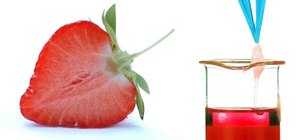

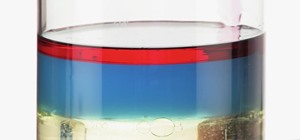
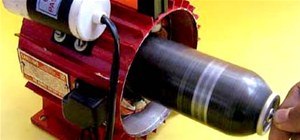
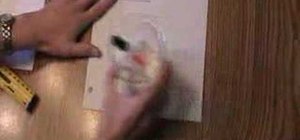

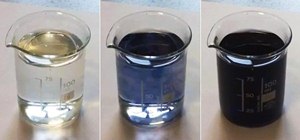
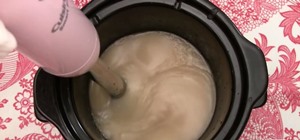

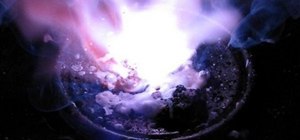
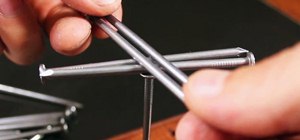
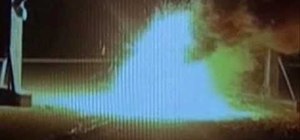
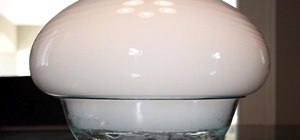
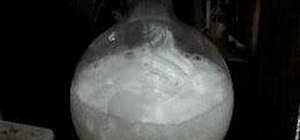
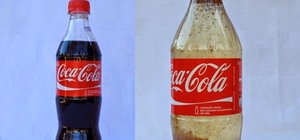
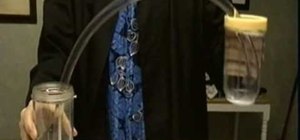
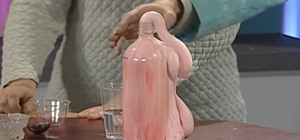
Be the First to Comment
Share Your Thoughts